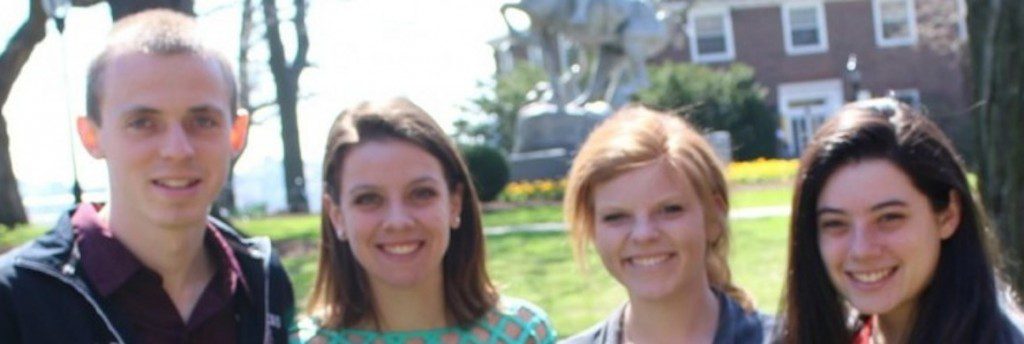The Stevens Institute of Technology’s School of Business recently published an article on its blog about an innovative stormwater-containment design, which addresses a challenge posed by the Hoboken campus’ “elevated, clifftop location” in relation to high water.
The Living Laboratory team—senior civil engineers Taylor Race and Zachary McKeehan, environmental engineer Adriana Herrera and engineering manager Sabrina Smith—took second prize in the Master Plan Category of the Environmental Protection Agency’s Campus RainWorks Challenge.
The Living Laboratory’s basic idea was to employ green infrastructure to “capture rain on campus before it can create flooding below.” The team built the “first-ever hydrologic model of campus,” including “digital modeling of water flow through the Stevens campus during storms, water-quality simulations, blueprints for design and comprehensive cost analyses.”
When executed, the design “would capture fully 20 percent of campus runoff year-round and cut the peak runoff rate by 11 percent during exceptionally heavy rainstorms.” Civil engineering professor and team advisor Leslie Brunell beamed about the design to the press: “This is an innovative, maintainable, green-infrastructure solution that will make Stevens a better neighbor in Hoboken, reducing runoff into an already heavily taxed system.”
The plan works in tandem with Stevens’ commitment to reduce “the flow of toxic and undesirable fuels, chemicals, fertilizers and other substances into the Hudson.” The team “attacked vulnerable spots on and near campus” by installing rain-absorbing “green roofs,” building “permeable paved areas that allow stormwater to penetrate to a gravel bed that filters the water into surrounding soil”, and by mixing compost into “hard-soiled campus lawns to help capture and hold rain.”
Race believes the plan “will have a long-lasting impact on the Stevens campus and local water quality.” But it seems the impact of the Living Laboratory’s design has quickly begun to reverberate outside campus walls—Hoboken city officials have taken cues from the team’s novel application of rain gardens and cisterns in their “pilot rainwater-containment project on one side of City Hall.”
